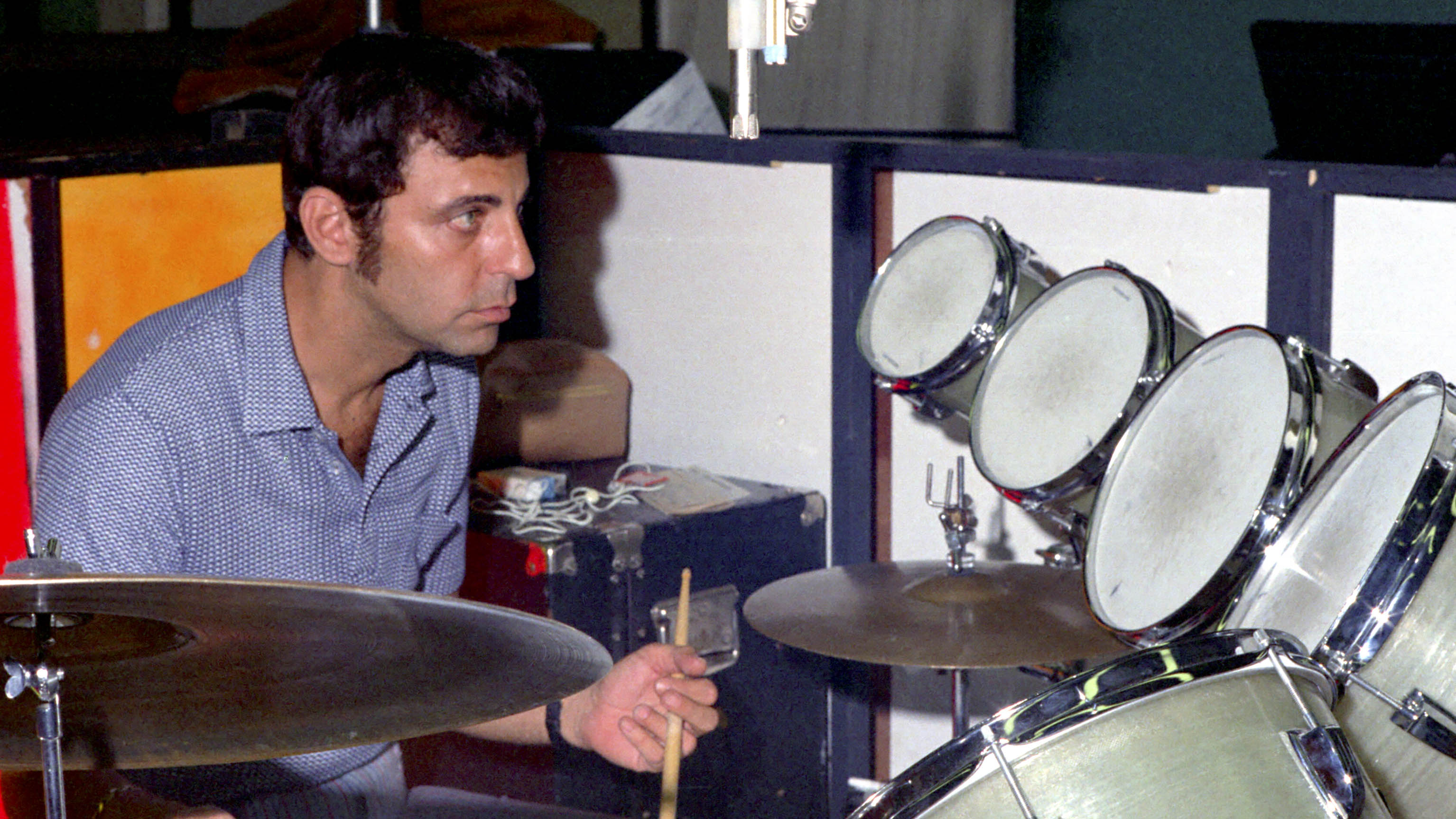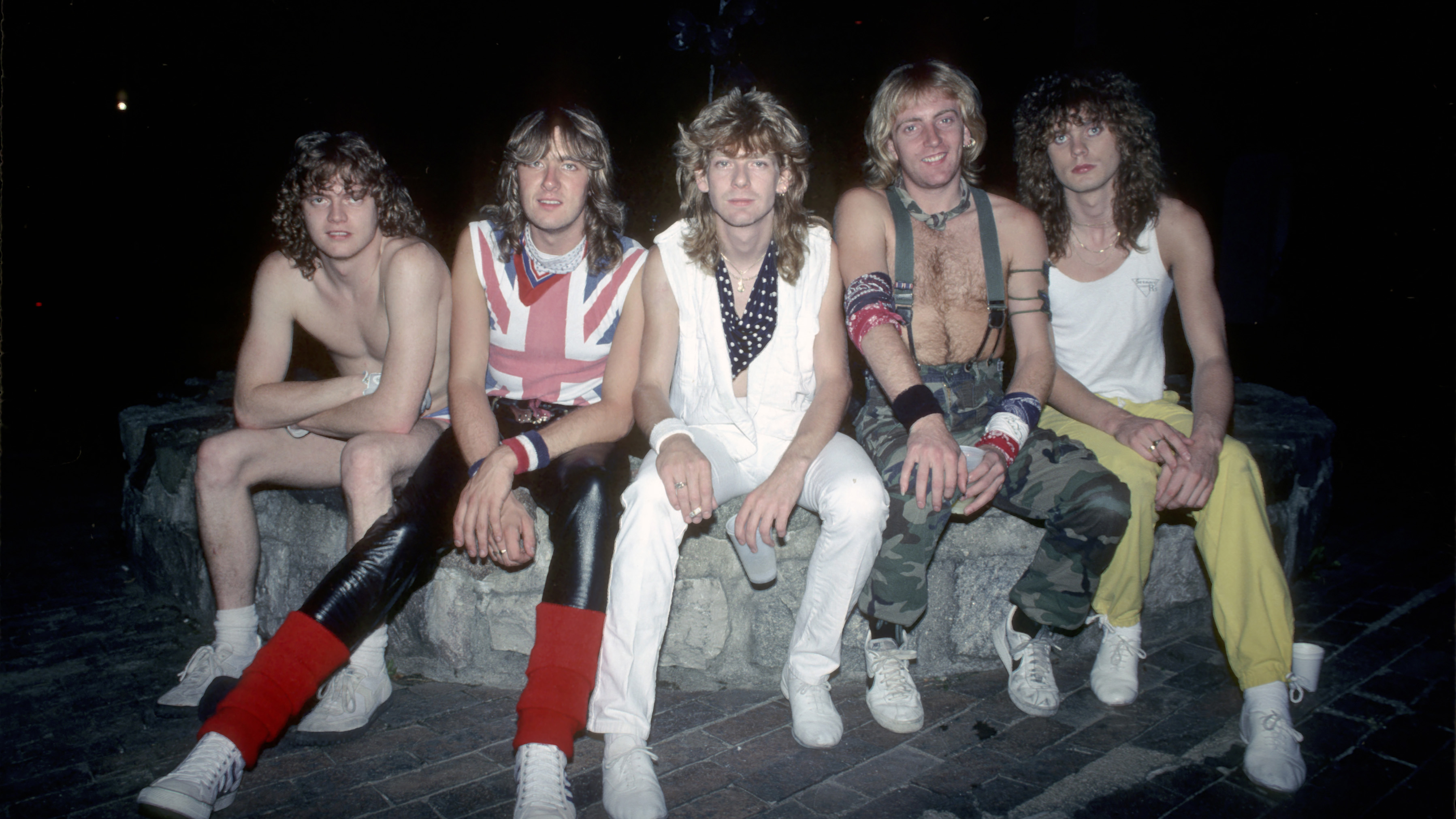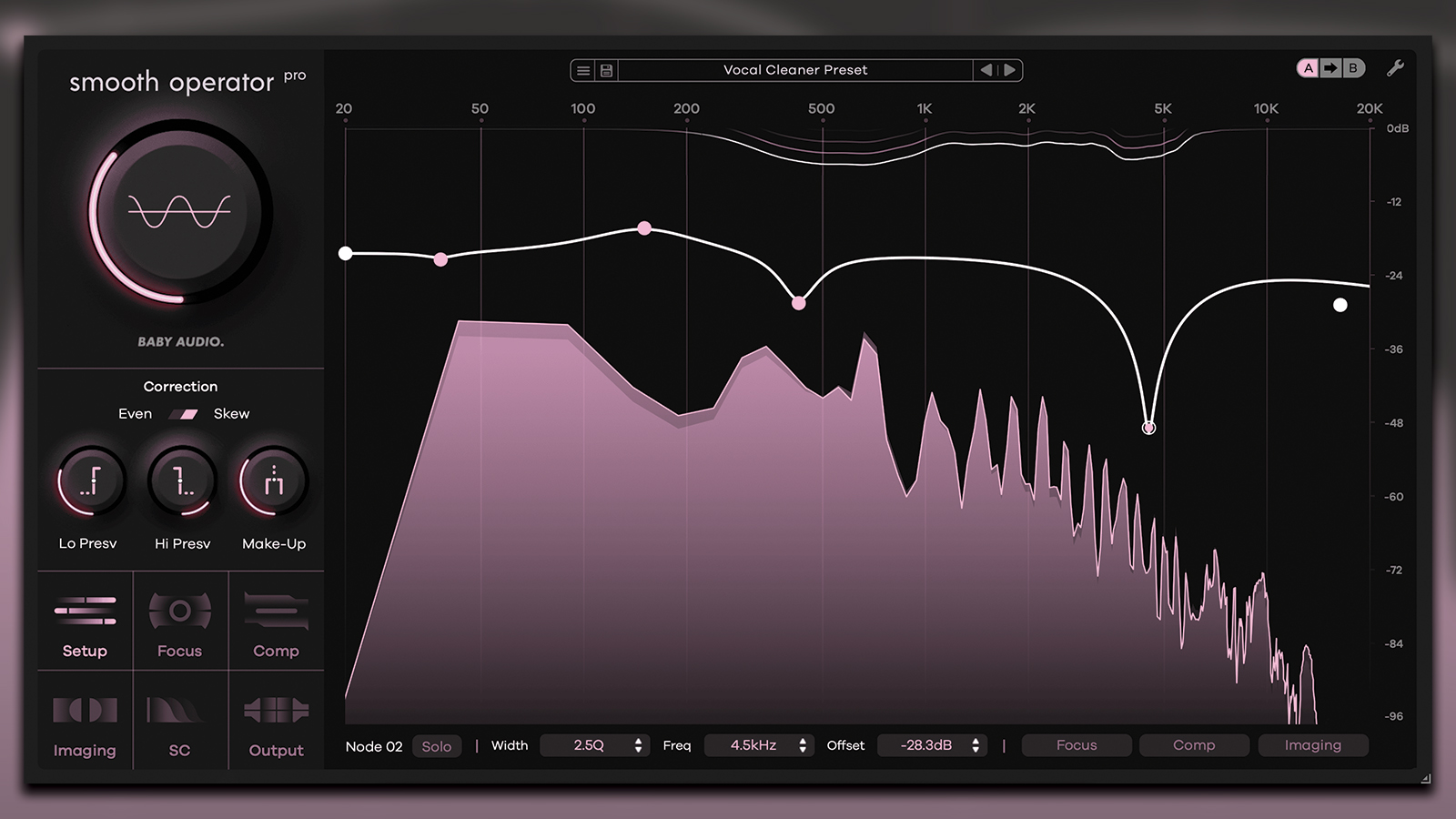"A lot of instruments feel like interacting with a spreadsheet... we're trying to do something different": Void & Vista's software instruments are "pieces of art for people to make art with"
We sit down with the brains behind Strands and Folds, two Kontakt instruments that caught our attention with a wildly imaginative approach to sound design

With just two products released to date, Void & Vista has already captured our attention via its hugely creative approach to sound design.
We spoke to the key minds behind the company to find out more about its refreshingly artistic attitude to the craft of software instrument making…
Let’s talk about your latest release, FOLDS, first. It’s an exceptionally dynamic software instrument with heaps of deep control to shape its vocal-based sounds into new forms. How long was it in development, and what prompted you to make this as your second product?
Tom: “FOLDS was in development for the better part of a year overall, and the reason for doing a vocal instrument second was because I had an idea during the process of creating the sounds for [the bowed and electronic instrumentation-leaning] STRANDS. One of the sounds for it was vocal-based. After we’d made it, sparks were flying and I was sort of thinking I could do so much more.
We found about 500 ways that it didn’t work, before we found one that did
“Vocals are highly valuable to people. Typically, the things that are most valuable to people are things that are furthest from their reach. Vocals are so hard to do physically, you’re often constrained by your own body. You only have one voice, and there are only so many things you can do with it. There’s a lot of value to vocals. That said, it was a really ambitious thing to do as our second product – it really pushed us to the limit. As Jon likes to say, we found about 500 ways that it didn’t work, before we found one that did. It was a real slog of a process getting it to where it is.”
Jon: “It turned out that everything that makes vocals appealing to everyone else was really difficult to do for us. None of us can sing, so it was a lot of work to overcome those hurdles.”
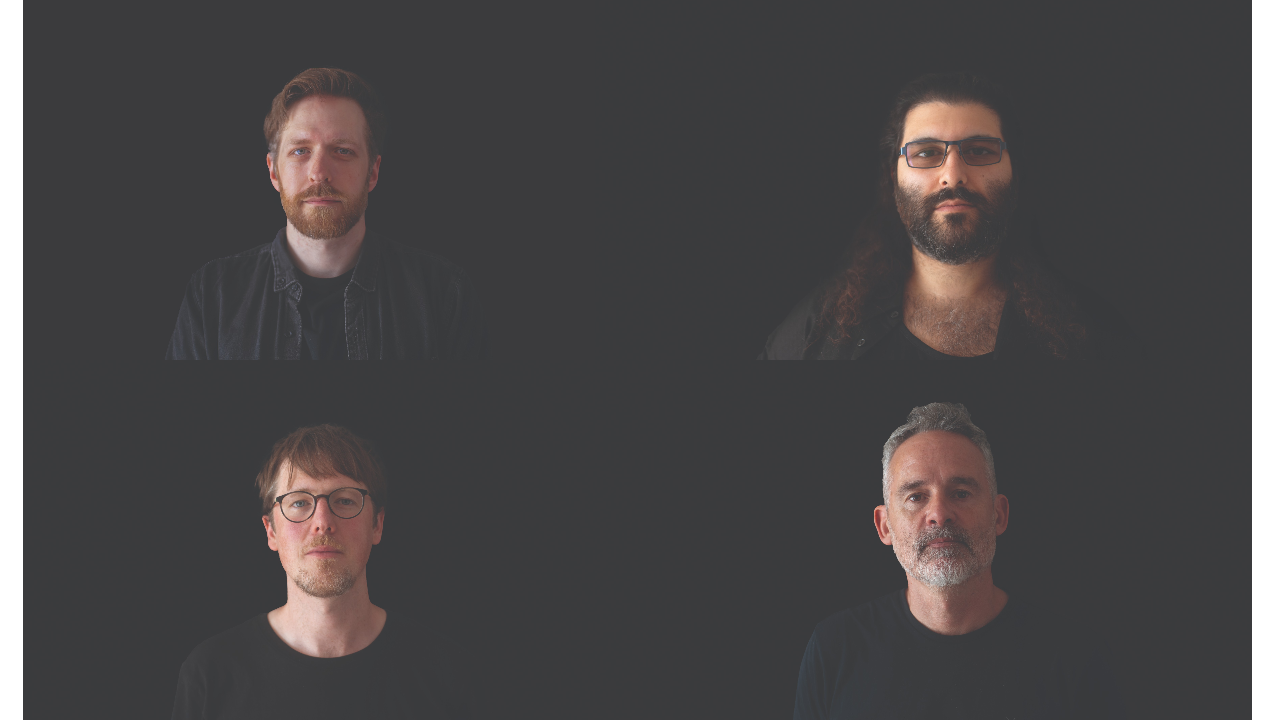
How many vocalists were involved in the recording process?
Get the MusicRadar Newsletter
Want all the hottest music and gear news, reviews, deals, features and more, direct to your inbox? Sign up here.
Tom: “Three. They were all people that I’d worked a lot with in the past through stuff I was doing before V&V. One of whom is a very close friend of mine. For the first couple of months of development it was just me and her in my studio doing as many weird things as we possibly could. We kind of got the door open a little bit and then brought in the other two. So it’s two female vocalists and one male. The male (Peter) was basically filling out the bottom end of the women’s vocals.”
Jon: “It’s interesting you mention about the development process there, Tom, because there were some things that were decided wouldn’t make it into the instrument but had use elsewhere. There was an articulation called ’With the Birds’ which Matt designed, where the birds heard outside during some of those early test recordings were actually enhanced for the final sound source.”
Matt: “It was such an exploratory process to figure out what could work and what didn’t. We didn’t want it to sound like a typical vocal library. We decided very early there was going to be no straight vowels, nothing you’d find somewhere else. That meant a lot of time had to go into finding out where the walls were with each singer, and how we could get both a cool but usable recording we could use as a multi-sample.

“There was a lot that ended up on the cutting room floor from those initial sessions. ‘With the Birds’ is a great one as there was this really amazing recording where Lola (one of the vocalists) was singing as softly as possible, and you could just hear this birdsong over most of it. I was so determined to get that thing in because I thought it sounded so cool, so I went and re-processed it and emphasised the birds. It’s a good insight into how we do things – if something inspires us we try and find some way of using it.”
So just how much of FOLDS was developed through experimentation, and how much was planned from the outset?
Jon: “Unusual-ness is sort of baked in, that’s sort of the starting point. We’re not trying to make a string library where things sound as much like strings as possible – there are people who do that brilliantly but that’s not us at all. We’re going the opposite direction. How you get to that point may be a bit of a journey, where you take a lot of detours you’re not really expecting.
“The things we’ve made that please us all are what end up in the instrument. I think the starting point of trying to make things from sound sources you haven’t heard before is sort of the point of Void & Vista. Trying to do something different – not weird for the sake of it – but something you might not have expected.”
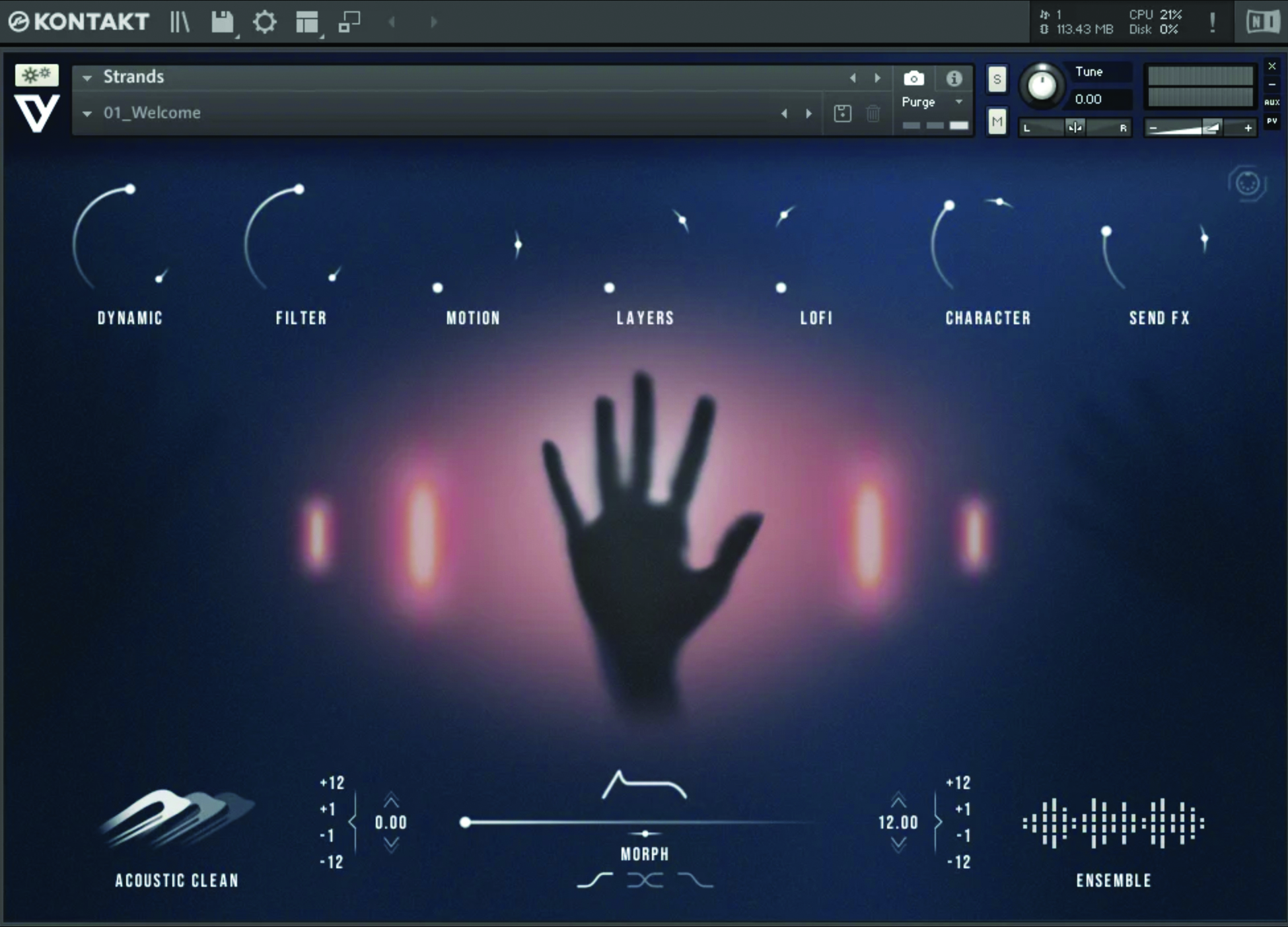
Aneek: “There’s a composer we’re all very fond of called Ty Unwin and he said it really well once. Something along the lines of ‘It’s the equivalent of the kind of team that someone will put together before they start scoring a big Hollywood movie and they’ll generate a whole bunch of different sounds and samples – it’s that in a box’. We all know what it’s like when you’re trying to pull magic out of a hat when you’re up against a deadline.
The reason we sound like what we do, and as bold and abstract as we do, is that we put the legwork in over those years
“We just wanted something we could lean on in moments like that. We’ve been finding that many of our peers (and people we never thought we’d ever see arrive in our email inboxes) have been using it. I mixed a score just the other week for someone who had named cues in the score after presets of ours. That was a really full-circle moment of appreciation.”
Was being an experimentation-led company something that was key to Void & Vista from the outset?
Matt: “We’ve worked together for seven or eight years now on various things. Sometimes all of us, sometimes not, contracting for different people in loads of different formats. The reason we sound like what we do, and as bold and abstract as we do, is that we put the legwork in over those years, we trust each other’s artistic voice. We trust the quality standard that we all hold ourselves to. You can’t take the sort of risks that we push ourselves to take without having that trust for each other. It’s how we all approach what we do.

“That’s why only two products in, we’ve been able to swing pretty high. Thankfully that’s paid off. I don’t think we’re ever going to ‘normalise’, there’s so much good stuff out there that’s covering your workhorse roles. We seem to have found our artistic voice. The fact that it’s being expressed as instruments people can use in making their own music is the result of circumstance. It could have been albums we wrote together or something like that.”
Tom: “To add, as much as there are a million different ways we could have worked together, the formation of Void & Vista and what we’re doing with instruments naturally came about because we each have a set of skills outside of music production that we can kind of bring to the table. Matt with development, me with visual stuff, Aneek with people management and Jon with engineering and stuff. It made sense. It was a crossover in sound design capability, but each of us had extra skills that worked well.”
Was your first instrument, STRANDS, always conceived to be your launch product? What made you pursue the cinematic sound design route?
Matt: “We’d done a bunch of stuff, when we were experimenting and doing things like one-shots and loops. We had a bank of things we’d enjoyed experimenting with. With STRANDS, Jon did a lot of the recording of raw, real instruments and a few things came together there really early. They just felt really inspiring when we started playing them across a keyboard. That tied with me diving deeper into development and making what has become the core of our sound design engine for these first products. It naturally evolved from there. There were those cornerstone sounds that felt like something we could expand upon.
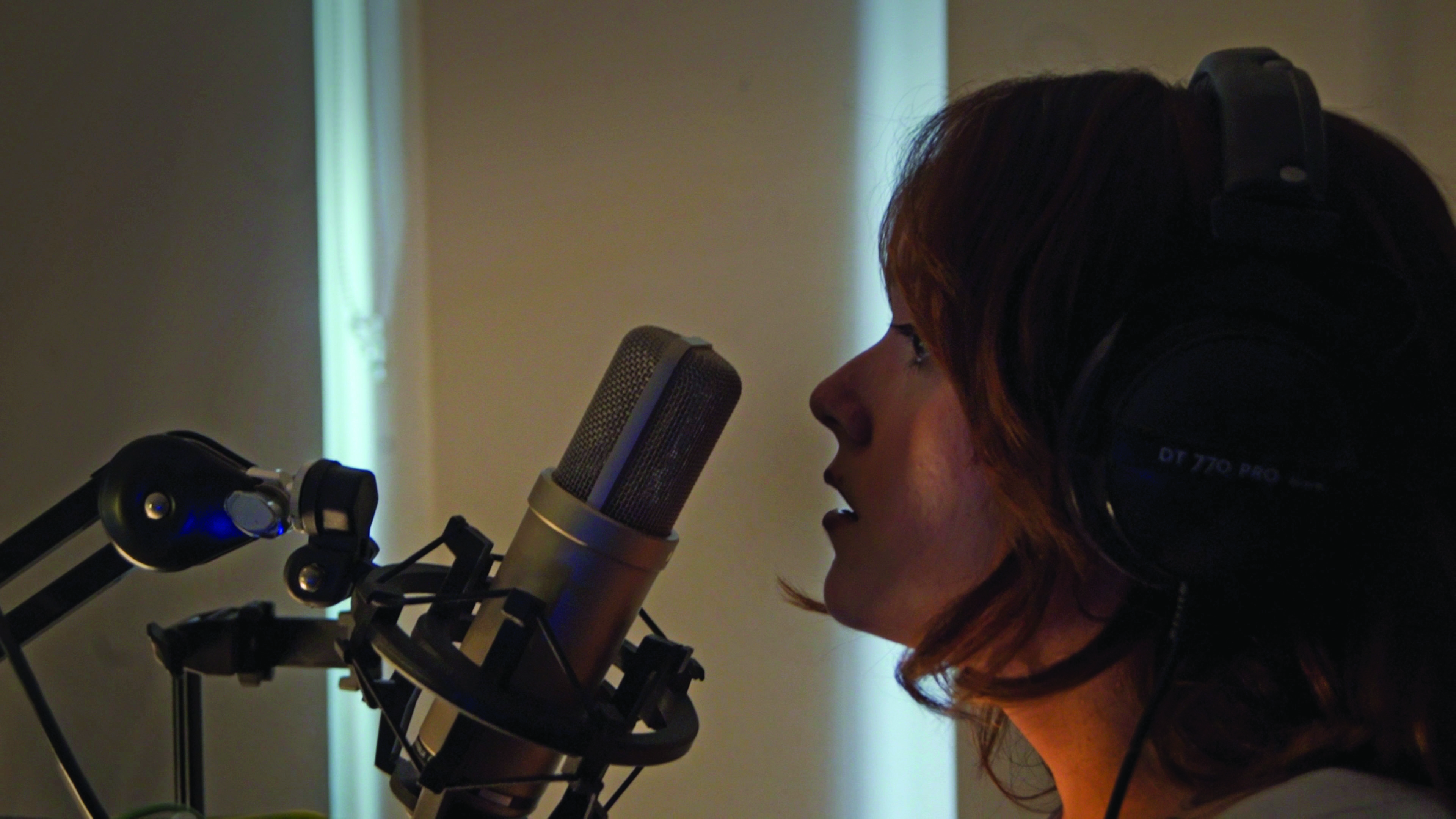
“Then at the same time the UX was developing. It grew out of that seed. It wasn’t super planned, it just got to this point where we decided ‘everything should just be touched by a bow’ that was the only rule, beyond the rules required to make the structure of the thing work and make it all play properly. It had to texturally make sense.”
You can’t take the sort of risks that we have without having trust for each other
Jon: “We were also very inspired by Adrian Corker’s score for Tin Star which was beautiful. The score is based on strings, but there’s no vibrato and the tuning is very loose and wide. The moments it does come into view are really moving. I really like that sort of no-vibrato, overly rosined type of string sound. That really raw, close-mic’d, hyper organic thing, there wasn’t anything out there doing the sorts of things I was hearing quite a lot in scores.
“Matt’s done such an amazing job at making the thing that is in Kontakt playable, so it’s not just volume on the mod wheel. To use that as part of the playing process is great. When we went up to AIR and installed the early version of FOLDS on David Arnold’s machine, he was saying how excited he was to be able to score literally around dialogue, just with the mod wheel. To hold a chord down and to duck with the mod wheel and have it filter and become less distorted in quite an easy way. That’s sort of the joy of the engine that Matt has created. It’s totally different to anything else.”

At the moment your two plugins operate within Kontakt, are you happy to stay within this ecosystem or might you develop standalone VST/AUs?
Tom: “The great thing about Kontakt is that there’s a huge community of people using it. We’re able to tap into them.”
Matt: “There’s also a big community we can talk to and creatively problem-solve with. It’s nice to be able to contribute back to that occasionally. I think that’s a big contributor. It’s a community on both ends. The other thing is – like with any other bit of creativity – limitations are really helpful. There would be a much bigger burden on me otherwise and we’d probably have to hire a DSP specialist to come in. There’s lots of stuff we’d have to consider there.
“Having something like Kontakt as our shell though, is almost like saying ‘here’s the walls, and here’s some of the fun things you can do within those walls’.” It forces us to make decisions quickly, it forces us to be bold with the decisions we make. The engine we have is a realisation of that.”
Aneek: “I wonder if we hadn’t started with Kontakt, would we even have an instrument out now?”
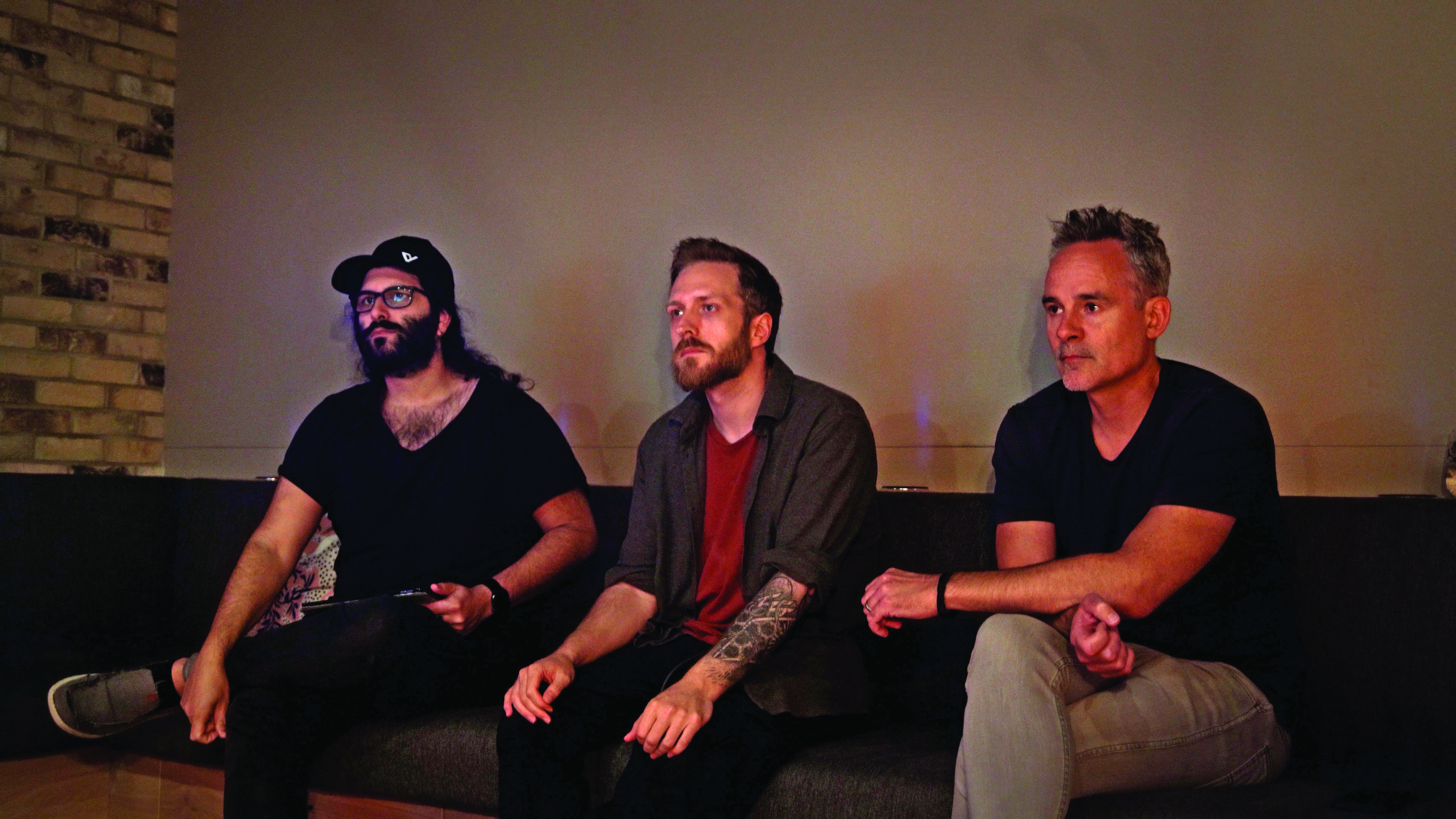
Both of the UIs are really complementary to the sound, and kind of dictate the mindset of the instruments. How important was getting that right?
Tom: “It was incredibly important and also incredibly difficult. With Kontakt, it’s not designed to host UIs as advanced as what we’re making. There’s a lot of limitations and quite a lot of technical things to overcome in making something as reactive as we made. The central graphic reacts to the performance controls. I poured everything I had into the central UI, not just in terms of emitting a sort of ‘vibe’ from the moment you look at it, but also in terms of the controls and also the expanded controls as well.
I really wanted to avoid the feeling of interacting with a spreadsheet which is how I feel like a lot of instruments unfortunately are
“I really wanted to avoid the feeling of interacting with a spreadsheet which is how I feel like a lot of instruments unfortunately are. If I could make something beautiful that would immediately cast a vibe why wouldn’t I? My naivety in doing it helped, because I’d never done it before. I wasn’t really constrained. Hopefully it means we made something a little more unique. I hope that the UI is recognisable on people’s screens, and also immediately communicates that this isn’t ‘bread and butter’ – this is esoteric.”
Aneek: “I’ll never forget the first time I saw Tom’s first iteration of the UI for STRANDS. Before that we were working with a blank screen with little sliders and stuff. I remember vividly anticipating and waiting for this. We were all sitting there on a Zoom call and it popped up and I had goosebumps. My heart skipped a beat and I said ‘Oh my God, it’s breathtakingly perfect’. Every time I see it now, I still feel really invited in. It really says that we are a boutique company. It doesn’t look run of the mill, it doesn’t look ‘functional’ over form. It looks artistic. It looks beautiful. Thanks Tom!”
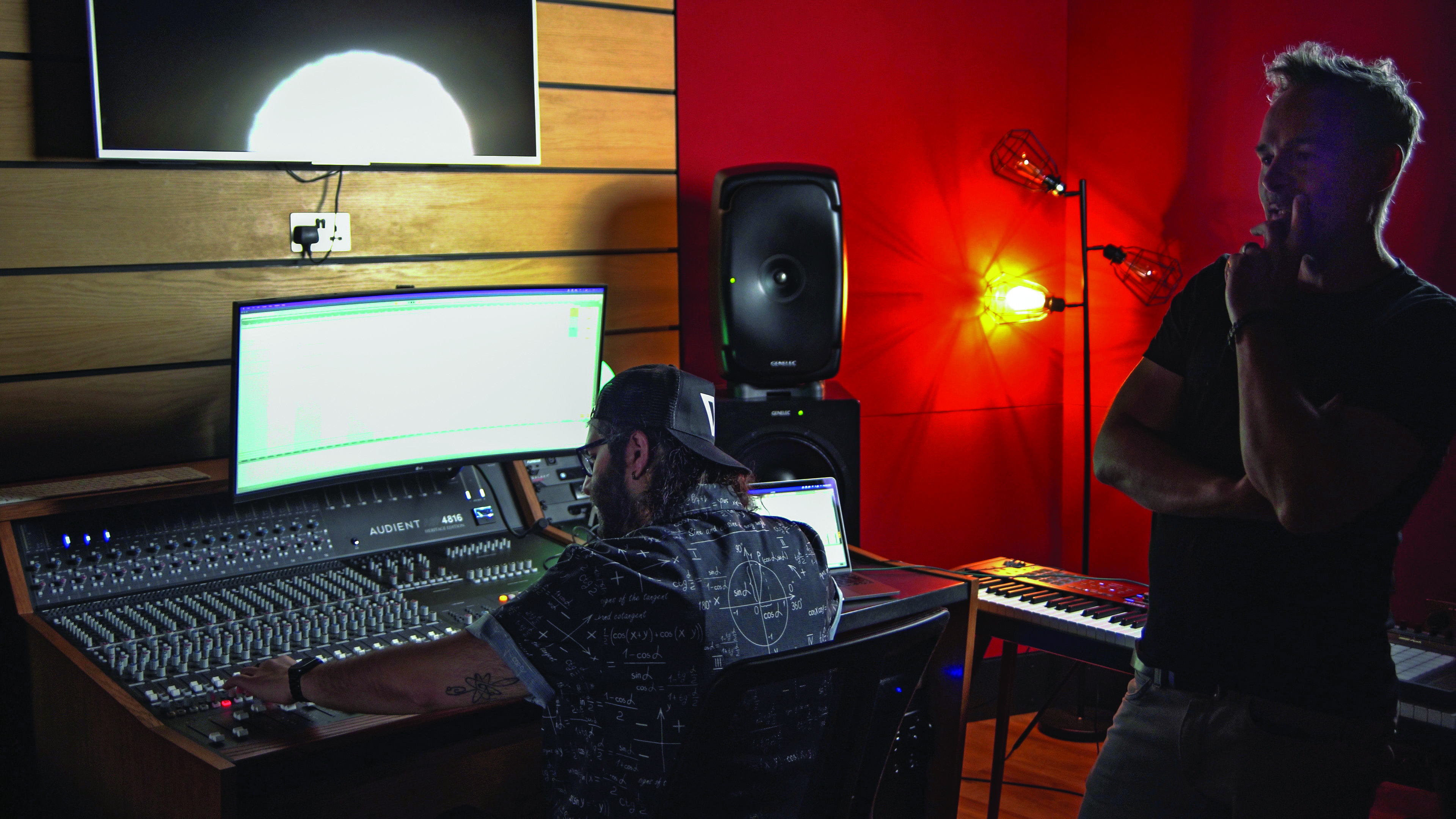
Tom: “I think Matt said it nicely once, ‘It’s like trying to make pieces of art for people to make art with’. That idea helped guide me a little. You can have a knob or a fader, and that’s been the same case for 20/30 years. But if you can make something beautiful instead, why not! The general rule is the more abstract the sound-shaping that a control is, the more abstract I’m allowing the UI counterpart to be. The more you need to communicate a technical thing, the more technically ‘normal’ it becomes.”
The response has been pretty positive so far across the industry. That must be very satisfying…
Jon: “My take away from installing it on people’s machines, when giving them a pre-release taster, was how much it gave people the opportunity to sound like themselves. One of the first people who installed it was Ty Unwin, and he writes beautiful choral music – he made FOLDS sound grand and lush, then we went to Mark Canham’s place, and he made it sound small and gritty ], those sorts of sounds that he’s known for. So we realised that we’d made an instrument that people could bring their own thing to. That should be the mark of a good instrument – whether it’s acoustic or otherwise. If it’s got scope to cover a lot of different sounds.”
Aneek: “That versatility is definitely important in a use case when you’re up against a deadline and you need something that’s just going to do magic as well as be functional. That’s something that our instruments do incredibly well.”
What can you tell us about some of the updates coming to STRANDS?
Matt: “So STRANDS and FOLDS are an evolving design, with a single engine that we’re building on. We made some massive steps between the two releases. Particularly we went up to Kontakt 7 to gain access to more effects. We were freed up to expand the character section, which is our multi-effects section. When we did all that for FOLDS, and can create that sense of movement and space, it felt silly not having that in STRANDS too. For all STRANDS users the update will be free, and it brings an additional .nki in the same folder which will be Kontakt 7 – so anyone who’s not on Kontakt 7 won’t have their installation or sessions damaged.
“The Kontakt 7 version has all the new features that FOLDS has, plus a big bank of new presets. It’s a new expanded platform to go and play around in. Getting more out of those samples that people have been playing around with for a year. It got us trying new things and reaching for more delicate and longer, evolving results.”
What can you tell us about the next product – will it build on the same ethos and spirit of FOLDS and STRANDS?
Aneek: “We can’t say too much, but whatever it is – it’s going to be awesome!”
Tom: “We don’t know if the one we’re working on now will be the next release, but we’re in the recording phase right now and it’s going really well. We’re having fun with it. We’re pushing out on the experimental side into things. With FOLDS, there was a lot of working with musicians and directing. It’s nice to be back being a bit more hands-on. It’s in the same design concept as the previous two releases, but we have more design concepts we’re thinking about too.”
Jon: “I enjoy getting up in the morning and thinking ‘what’s the weirdest sound I can make that is still going to be playable’.”
What are some of the challenges a creative software company faces in the modern production landscape?
Matt: “We didn’t get any seed funding to set ourselves up, we’ve done all this off our own back. We’ve got to this stage in two years total, from initial development to where we are now. There’s a lot of work to be done that you don’t know is to be done before you start. We just wanted to do it right and make sure this thing grew naturally and not put undue pressure on it. We still have lives, families and rent and mortgages to pay! It’s been a balance of making the most of every single bit of time we’ve had to put in, which meant we’ve had to really optimise how we work. The more things grow, the less that’s a problem, and the more we can explore. We want to take even bigger risks, and hopefully that’ll come to the benefit of those who play our instruments.
• For more information on Void & Vista, and to purchase STRANDS and FOLDS, head to Void & Vista’s official website


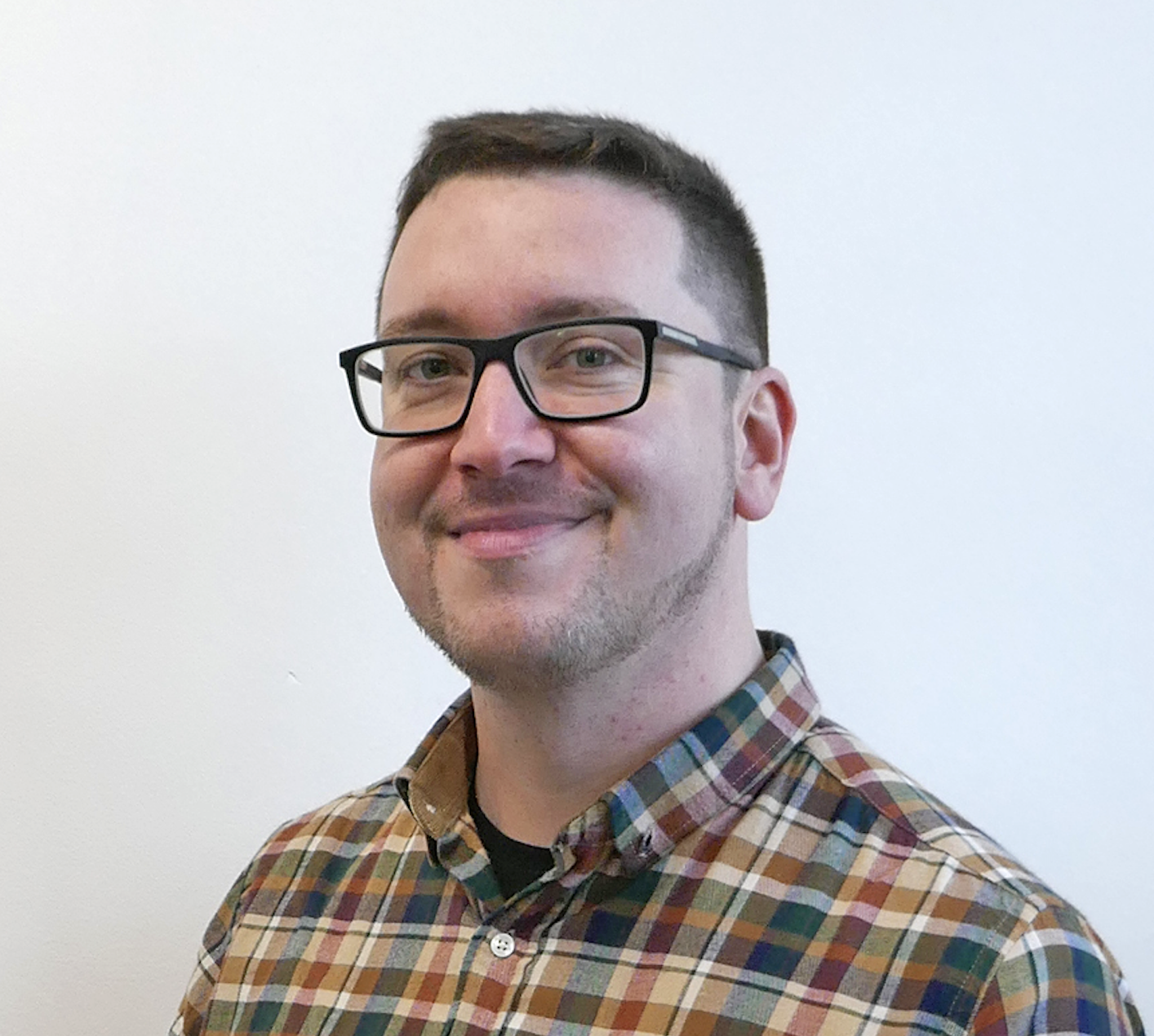
I'm the Music-Making Editor of MusicRadar, and I am keen to explore the stories that affect all music-makers - whether they're just starting or are at an advanced level. I write, commission and edit content around the wider world of music creation, as well as penning deep-dives into the essentials of production, genre and theory. As the former editor of Computer Music, I aim to bring the same knowledge and experience that underpinned that magazine to the editorial I write, but I'm very eager to engage with new and emerging writers to cover the topics that resonate with them. My career has included editing MusicTech magazine and website, consulting on SEO/editorial practice and writing about music-making and listening for titles such as NME, Classic Pop, Audio Media International, Guitar.com and Uncut. When I'm not writing about music, I'm making it. I release tracks under the name ALP.



